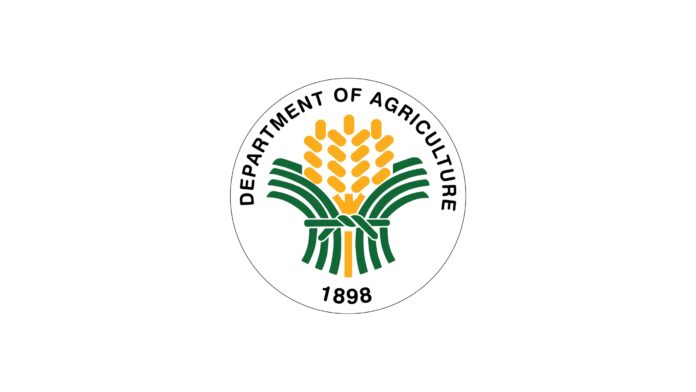Some 3.48 million metric tons (MT) of rice were imported from overseas suppliers as of 28 December 2023, according to the Bureau of Plant Industry’s National Plant Quarantine Services Division.
This was 9 percent lower than imports of only 3.83 million MT in 2022.
Vietnam remained the top source of rice imports in 2023 with 2.94 million MT equal to 84 percent of aggregate shipments.
In 2022, Vietnam supplied the Philippines a total of 3.18 million MT equal to 83 percent of all rice imports.
Other top rice suppliers for the period include Myanmar with 244,738.18 MT (6.4 percent) followed by Pakistan with 198,912.68 MT (5.2 percent) and Thailand with 183,230.38 MT (4.79 percent).
The Department of Agriculture (DA) also said 495,000 MT of rice privately imported are due to arrive between December 2023 and early February 2024 consistent with the agreement between Agriculture Secretary Francisco Tiu Laurel Jr. and holders of import permits.
Apart from the expected arrival of additional rice imports, the agency said some 76,000 MT more from Taiwan and India are also scheduled to arrive within the month.
Rice consumption in the Philippines is around 36,000 MT daily or 1.08 million MT a month.
DA monitoring of public markets in the National Capital Region show the price of domestic well-milled rice from P40 to P55 per kilo and from P50 to P53 per kilo for regular milled rice.
Imported well milled rice sell from P51 to P56 per kilo. No data is available for imported regular milled rice which sell for P58 to P65 a kilo and P54 to P62 a kilo for the special variety and premium.
Domestically-grown special variety rice sell from P54 to P68 a kilo and from P50 to P62 a kilo for premium.
DA spokesman Arnel de Mesa ruled out imposing the SRP or suggested retail price for the staple for now.
According to him, the matter is under evaluation to determine if pricing is justified and that consultations with all stakeholders will help determine if the SRP will be implemented.
Secretary Laurel also reorganized the DA to more efficiently carry out President Marco’s order to modernize the farm sector and ensure the country’s food security.
Laurel issued earlier a series of special orders reassigning key DA officials to “better harness their talents and vast experience.”
The DA said senior agriculture undersecretary Leocadio Sebastian will now serve as adviser to Secretary Laurel.
As a result, Sebastian will give up his role as undersecretary for the rice industry development program allowed him to head the steering committee of the Rice Competitiveness Enhancement Fund program; a seat in the board of the Philippine Rice Research Institute; participation in the National Food Authority Council; and as trustee in the boards of the National Irrigation Administration and the International Rice Research Institute.
DA director Nichols Manalo was named director of the national rice program, a position he will hold concurrent to his position as director IV and officer-in-charge-director of field operations and director of the national corn program.
Assistant Secretary de Mesa was also designated as full-time spokesman of the DA.
As for officer-in-charge undersecretary for operations Roger Navarro is designated as OIC-undersecretary for rice industry development program, OIC-national project director of the Philippine rural development project and OIC-assistant secretary for operations.
Undersecretary for fisheries Drusila Esther Bayate was also named undersecretary for policy, planning and regulations in concurrent capacity while undersecretary Mercedita Sombilla was assigned to oversee operations and coordinate programs of the DA bureaus.
Chief administrative officer and OIC-director for financial and management service Thelma Tolentino is undersecretary-designate for finance. Undersecretary Agnes Catherine Miranda was tasked to supervise and coordinate programs with DA attached agencies and corporations.
Laurel also created a team addressing DA concerns, requests and submissions to the Office of the President-Presidential Management Staff.
Further changes in leadership are likely given the temporary nature of certain appointments and the additional work load placed on the shoulder of certain officials.







